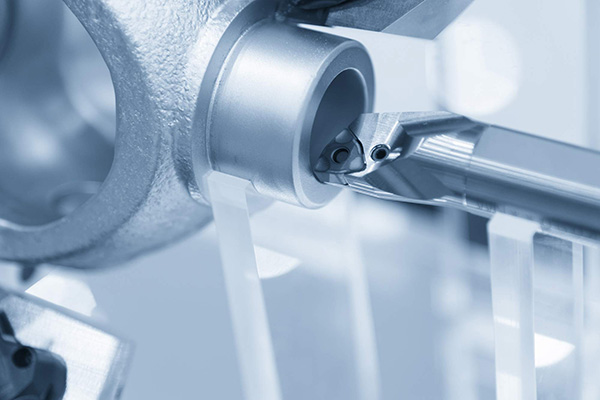It is a general rule in the manufacturing world to test a product numerous times before it reaches the consumer. With the recent enhancements in technology, product development and manufacturing have become faster and easier.
The introduction of computers has made these advancements possible and prototype machining is one of its results. In this prototyping technique, the machine parts like routers, grinders, and mills are controlled by a series of commands from a computer. It produces a prototype based on the original design to identify any issues before going into full production.
Prototyping can help ensure that the final product won’t have any major issues. As a result, it helps reduce manufacturing costs as the product designers and engineers can find faults before being sent to full production.
Reasons for the Popularity of Prototype Machining
There are many reasons why prototype machining has steadily gained popularity. Here are some of them.

cnc prototyping services, *picture from tfgusa.com
Accuracy
When it comes to creating results, prototype machining delivers the most impressive results. It produces accurate prototypes because there is minimal human intervention and the probability of error even in producing thousands of parts.
Compared to traditional machining with human intervention, prototype machining automates the process. The only time that the machine will stop is during repair and maintenance work.
Quicker Timelines
Prototype machining does not need longer timelines to finish the part. As such, you can save time in the overall manufacturing process. Later, when the design is ready for final production, it will be easier when using the same machine.
Fewer Workforce
Unlike traditional machining, prototype machining is fully automated. A single person can handle the operations because it is connected to software that dictates the action of the machine to produce the design.
Human intervention happens only to pass the instruction from the software to the machine and then it will do its job. The less reliance on the workforce, the less is the possibility of errors.
Less Expensive
Since there is less workforce involved in prototype machining, it ensures that manufacturers will not spend much on their wages. Also, since the process is effective in producing prototypes, it saves them money on revising the product after prototyping. It can be used as a bridge between prototyping and final production.
Because prototype machining shortens the production timeline, it is faster to switch to final production, saving you more money in the process. Although you have to perform maintenance on the machine, this is extremely low compared to other machines.
Safe
Finally, since prototype machining involves less human intervention, there is no threat to your workforce. There is zero contact with the machine, so the chances of hazards in the workplace are greatly reduced.
Conclusion
The benefits of prototype machining we have enumerated here are enough to emphasize its importance in the present manufacturing setup. However, before deciding whether this technique is for your design, you have to ensure that it fits your requirement.
Prototype machining helps manufacturers to find every flaw during the design and prototyping stage and understand where it is going. It will ensure that the company is on the safe side, financially and legally.
